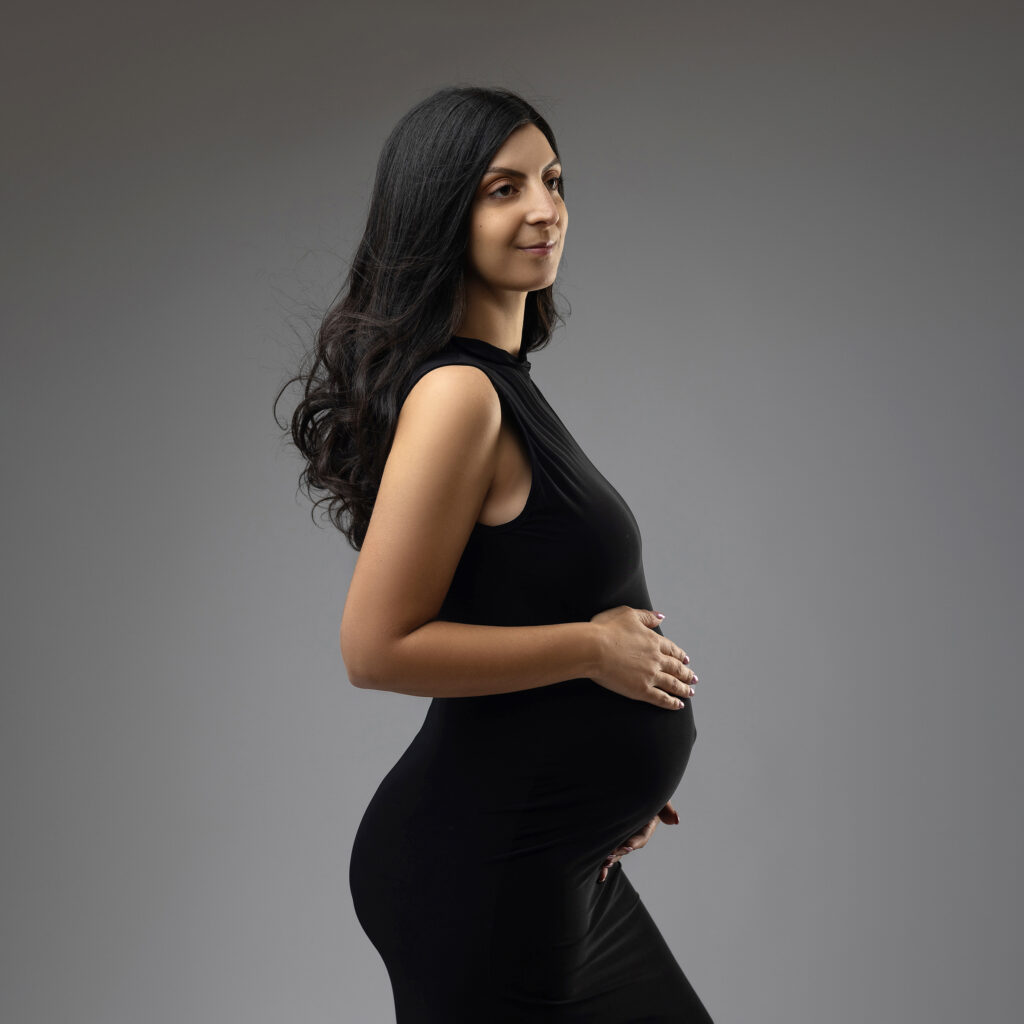10 Myths And Truths About C-Section

Ah, the mysterious world of childbirth! It’s a topic that evokes curiosity, awe, and, unfortunately, a fair share of myths and misconceptions. When it comes to caesarian sections, or C-sections, the myths surrounding them can be particularly intriguing. Fear not, fellow knowledge seekers, for we are here to embark on a myth-busting adventure like no other! Join us as we debunk common C-section myths, serving up a healthy dose of facts along the way.
Myth 1: C-Sections Are an “Easy Way Out” or “Cheating” Childbirth
Oh, how wrong this misconception is! Let’s set the record straight: a C-section is by no means an “easy way out” or a shortcut to childbirth. It is a major surgical procedure performed to ensure the safety of both the mother and the baby in certain circumstances. The decision to have a C-section is typically made after careful consideration by the healthcare team, based on medical indications and the well-being of both the mother and the baby.

Myth 2: All C-Sections Are Planned in Advance
While some C-sections are indeed planned in advance, such as when there are known medical conditions or complications, many C-sections are unplanned or performed as emergency procedures. Unforeseen circumstances during labour, such as foetal distress or stalled progress, may require a swift transition to a C-section to ensure the safety of the mother and the baby.
Myth 3: Mothers Who Have C-Sections Don’t Experience Real Birth
Oh, dear myth, how misleading you are! Every birth experience is real and valid, regardless of the delivery method. Whether it’s a vaginal birth or a C-section, the ultimate goal is a healthy baby and a healthy mother. Let’s celebrate the diversity of birth experiences and support each other, embracing the uniqueness of our individual journeys.
Myth 4: C-Sections Are Always Painful and Have a Long Recovery Time
While it’s true that C-sections involve a surgical incision and, therefore, come with some level of discomfort, advances in medical techniques and pain management have significantly improved the experience and recovery time for mothers. With the right care and support, many women recover well after a C-section and are able to resume their daily activities within a few weeks. Each individual’s recovery may vary, so it’s important to follow medical advice and listen to your body during the healing process.
Myth 5: Once You’ve Had a C-Section, You Can’t Have a Vaginal Birth in the Future
Ah, the myth that keeps on myth-ing! While it’s true that some women may be advised to have subsequent C-sections for various reasons, such as a high-risk pregnancy or specific medical conditions, many women who have had a C-section are candidates for a vaginal birth after caesarean (VBAC) in subsequent pregnancies. The decision to attempt a VBAC should be made in consultation with your healthcare provider, considering factors such as the reason for the previous C-section and the current pregnancy’s circumstances.
Myth 6: C-Sections Are Only Done for Convenience or Vanity
Oh, the misconception that keeps circling! C-sections are not performed for the convenience of the mother or healthcare providers, nor are they driven by vanity. They are medical procedures performed to ensure the safety and well-being of the mother and the baby. When a C-section is recommended, it is based on thorough evaluation, weighing the potential risks and benefits for the mother and the baby.
Myth 7: C-Sections Prevent Bonding with the Baby
Oh, how misleading this myth can be! The bond between a mother and her baby is not determined by the mode of delivery. While the immediate post-birth experience may differ slightly between vaginal births and C-sections, the opportunity for bonding and connection with the baby remains intact. Skin-to-skin contact, breastfeeding, and nurturing care can all be facilitated after a C-section, allowing mothers to create a loving and strong bond with their newborns.
Myth 8: C-Sections Are Always Scheduled for Convenience
Ah, the myth that paints a picture of precision planning and convenience. While scheduled C-sections do occur in certain circumstances, such as for medical reasons or planned repeat caesareans, they are not solely for the sake of convenience. The decision to schedule a C-section is based on a thorough evaluation of the individual’s medical condition. The well-being of the mother and the baby, and the professional judgement of the healthcare team.
Myth 9: Babies Born via C-Section Miss Out on Important Health Benefits
This myth couldn’t be further from the truth! Babies born via C-section receive the necessary medical attention and care to ensure their well-being. While the passage through the birth canal during a vaginal birth does offer some benefits. Such as exposure to the mother’s beneficial bacteria, babies born via C-section can still receive the benefits of skin-to-skin contact, breastfeeding. And nurturing care that contribute to their overall health and development.
Myth 10: C-Sections Are Always a Last Resort
While it’s true that vaginal births are the preferred mode of delivery in most cases. C-sections are sometimes necessary for the well-being of the mother and the baby. Certain medical conditions, complications during labour, or foetal distress may warrant a C-section as the safest option. The decision is made in consultation with the healthcare team. With the goal of ensuring the best outcome for both mother and baby.
Oh, the myths we’ve busted on this exhilarating journey of uncovering the truth about C-sections! Let’s remember that childbirth is a remarkable and diverse experience, and there is no one-size-fits-all approach. Whether it’s a vaginal birth or a C-section. What matters most is the safe delivery of a healthy baby and the well-being of the mother. So let’s celebrate the uniqueness of each birth story. Support one another, and let facts guide us as we navigate the awe-inspiring world of childbirth. Cheers to debunking myths and embracing knowledge!
Be the first to comment